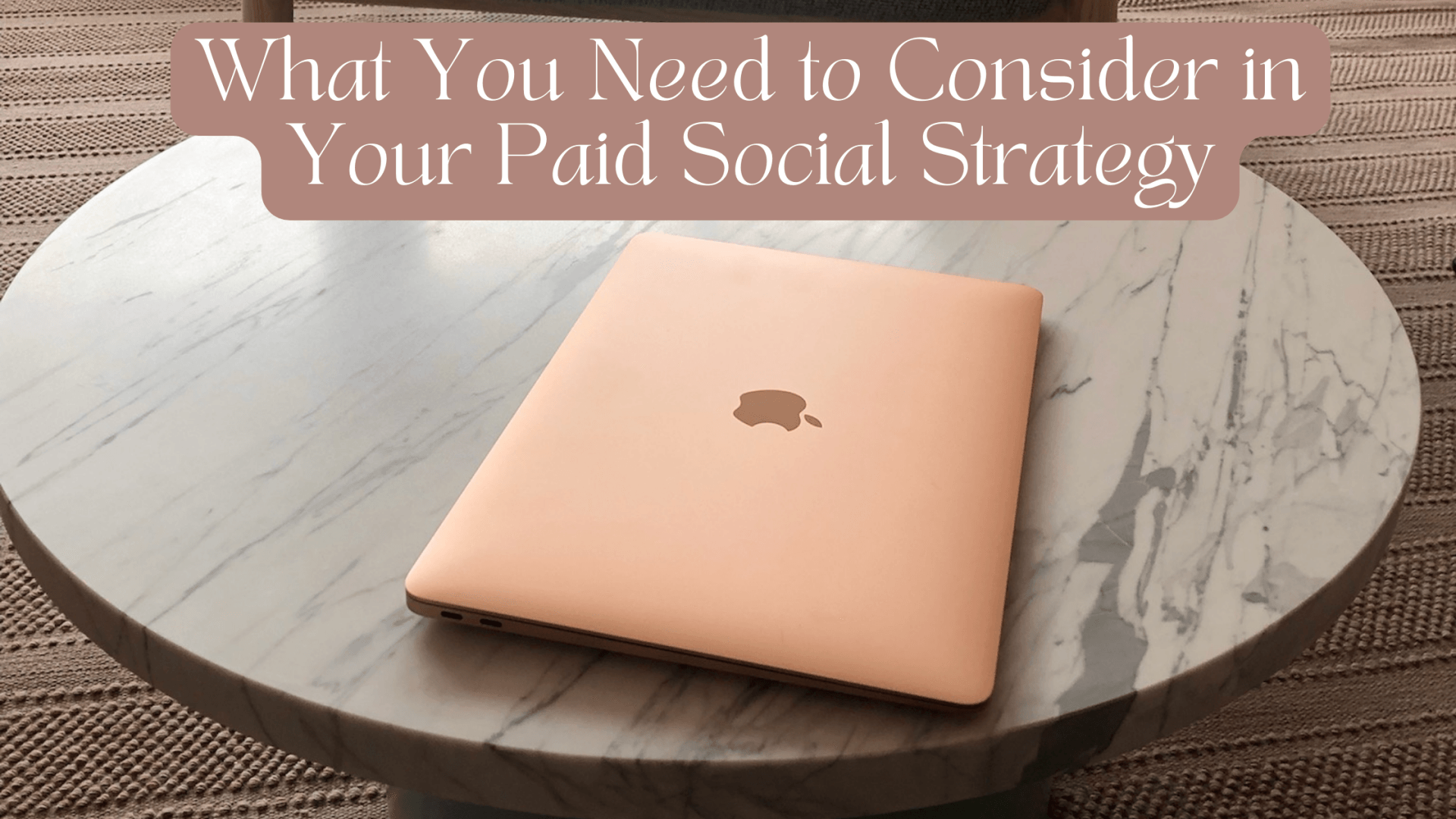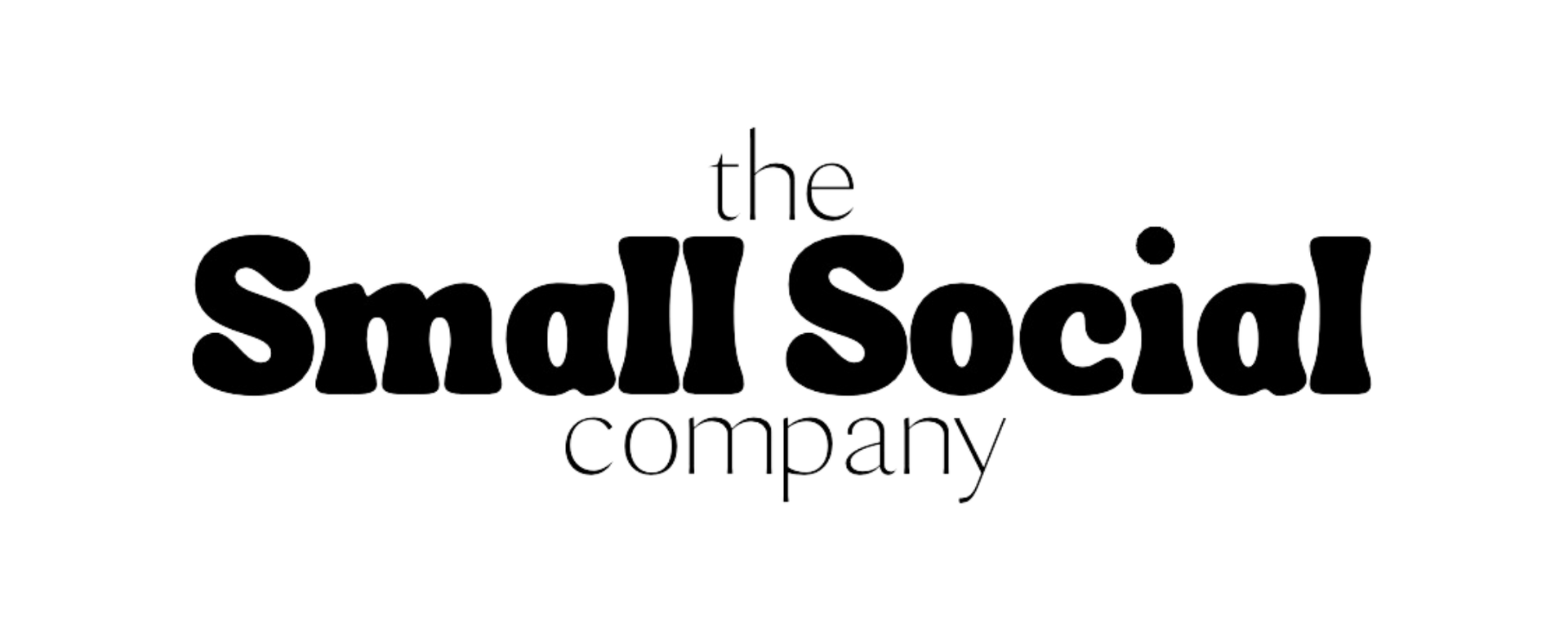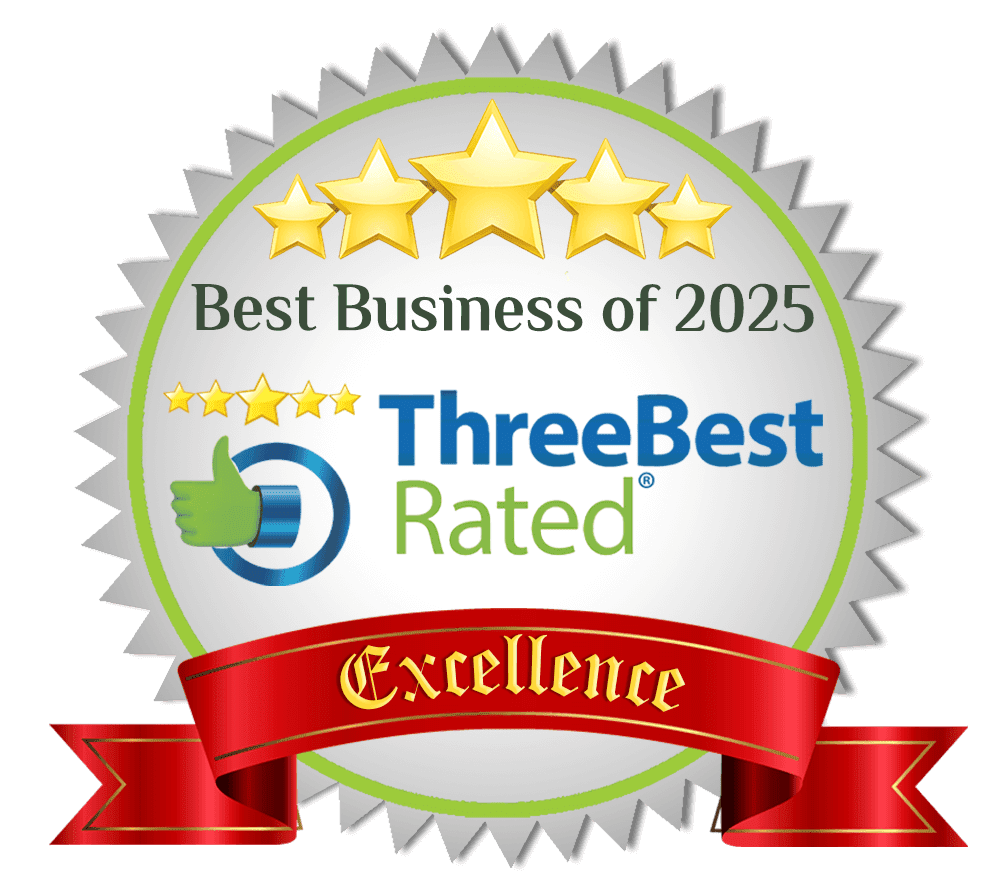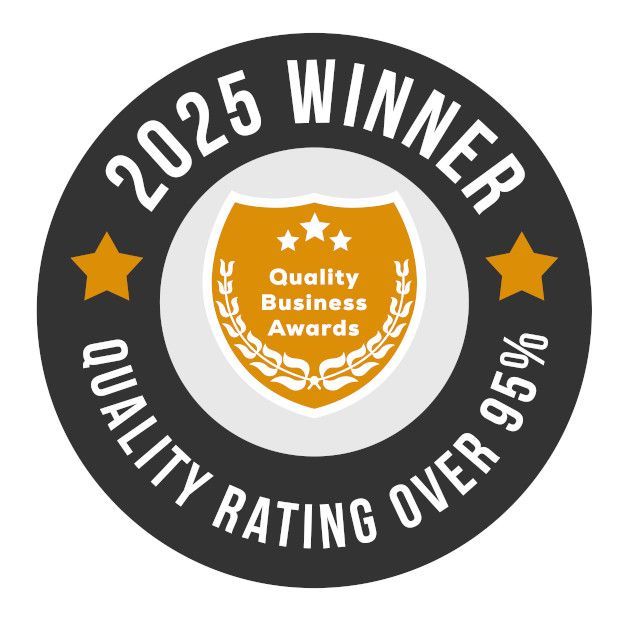What You Need to Consider in Your Paid Social Strategy

Picture this: you set up your business on social media, you gained a lot of followers through consistent posting, a smart hashtag strategy, and word of mouth. You felt like you were really gaining momentum with engagement… then it all plateaued. Does this sound familiar? You’re not alone. The reality is, organic social media can only take you so far. It’s a great tool to create an online presence for your business, establish your brand, and start building meaningful relationships with potential customers. But if you’re finding that you’re not getting the growth you expected, it could be time to explore a paid social strategy.

In simple terms, a paid social strategy is a social media plan backed by dollars, or an ‘ad spend’. Essentially, you pay Facebook, Instagram, TikTok, Pinterest, etc. to make your content more visible to your target audience and help you meet your objectives.

When carefully crafted, paid social campaigns are the best way to reach a new target audience and convert them into customers. Here are some things to consider:

The first thing you should establish when you’re creating a paid ad campaign is what the objective is. Each platform has different ad objectives. For instance, Facebook has 3 objective categories to choose from:
Awareness - promotes reach, views and impressions. You want to generate interest in your product or service.- Consideration - centres around engagement or interaction. You want traffic, app installs, lead generation, or video views.
- Conversion - getting people to buy, purchase or sign up.
If your goal is to get people to buy from your latest sale, you’re not going to create an awareness ad. Here, you would set your objective to conversion. It’s crucial to know what you want to get out of your paid social ad before you put dollars behind it.

It’s no secret that anything you put money behind does better than organic, but you also have to ensure you set a budget you’re comfortable with and stick with it. We offer custom recommendations to each client based on their target area. Reach out to us for a discovery call and our advertising experts can provide you a proper recommendation: hello@thesmallsocial.com

This is the most important part of your paid ad strategy. The point of doing a paid ad is to reach people who will engage and interact with your business. It’s not like putting up a billboard or doing a flyer drop where you’re advertising to the masses. If you’re going to put dollars behind your social media strategy, you need to know who you’re trying to reach and why.
If you’re a women’s clothing brand mainly for people in their 20s and 30s, you want to create an audience specific to that demographic. You can get as general as location, women 21-35 years old, or as detailed as having a bachelor’s degree, interested in Selling Sunsets, etc.
If you’re a residential plumber, you’ll want to create an audience that is made up of homeowners: male and female, 25-65+, 20 mile radius of the plumber's office, interested in HGTV, home decor, and Home Depot. The best part of creating these audiences is that you can create as many as you want! The next audience for a residential plumber could include more interests and you could increase the location targeting to 35 mile radius.
Tip: creating mock ups of potential consumer profiles can help you create your audience and target for a paid ad. There are also lookalike audiences that can be created that are amazing for targeting people who are similar to your current audience. Targeting a lookalike audience can help grow your followers, sales and more!
You need to know who you’re trying to reach, what they want, and how they behave. This is not only important for maximizing your ad spend, but also for determining where your efforts will pay off the most.

One of the benefits of paid social media campaigns is you don’t only choose who gets to see your ad, but also where they see it. This is another reason it’s important to know your target consumer base. All of the major social media platforms now have ad features: LinkedIn, Instagram, Facebook, Twitter, Pinterest, and TikTok. But different demographics use different social media platforms. For instance, Instagram is predominantly 18-34 year olds with a good female/male mix, while LinkedIn is shown to be mainly professionals and predominantly males who are in corporate positions. If you’re launching an ad for corporate leadership development, you’ll have better luck on LinkedIn than you will on Instagram. If your audience isn’t typically on TikTok, it doesn’t make sense to put your efforts or your money there. Knowing where your audience is will help you determine which platform you should use in order to make the most of your ad spend.

After you’ve set your objective and budget, you know your target audience, and you’ve determined which social platforms you’re going to use, it’s time to create the ads. All ads should be visually appealing, and should allow a potential consumer to identify your product or service. Ads can be formatted in different ways, including:
- Video: this is the way of the future. When it makes sense to use it, you should.
- Carousel: these ads allow you to have multiple static images in one ad. These are effective for lead generation.
- Single Static: these types of ads are one still image. If they are eye-catching enough and can make an impact, they’re a perfectly good option.
Once the creative is nailed down, it’s up to you to write an engaging copy to go along with it. The most effective copy is creative, memorable, and brief. Most people are not going to read paragraphs-long ads. Keep it short and sweet, but make an impact.
After you’ve established your objective, budget, target audience, platform, and you’ve created your ads, it’s time to launch them.
Tip: Set up A/B testing. Launch two ads at the same time, check in after 35 hours and take down the ad that isn’t performing the best!

You can check in on how your ad is performing during the campaign - and you should! You don’t want to leave an ad running that has a high cost per click and is eating away at your ad dollars. But you also need to ensure that when your ad campaign ends, you take the time to analyze your results and use your findings to optimize future campaigns.
All social media platforms have internal data reporting systems which will display performance metrics of your ads. These are great free tools and can tell you a lot about your ad campaign, including: reach, engagement, views, link clicks, demographic information and more. If you decide to advertise on multiple platforms, you can also consolidate your analytic data in a reporting software like data studio. It will allow you to analyze all of your data in one place.
The important part here is that you review the results of your ad campaign to see how you can optimize your paid social strategy in the future and create better, more effective campaigns.

Incorporating paid ads into your digital marketing strategy is an effective way to create more brand awareness, increase sales, and get more engagement overall. Setting up a successful paid social strategy has a lot of steps and it can definitely be overwhelming when you’re already navigating the day-to-day operations of a business.
At The Small Social, we have a dedicated team of experts in paid social strategy who can help you create an amazing paid ads campaign that will show results. Send us an email to hello@thesmallsocial.com to book a discovery call.
Let’s Grow Together!





